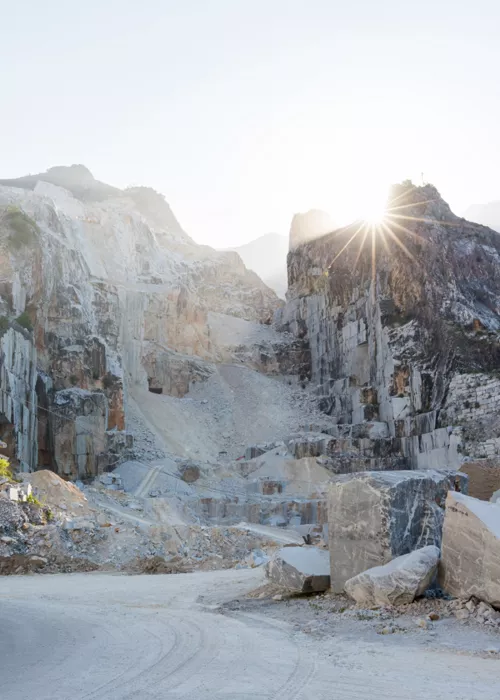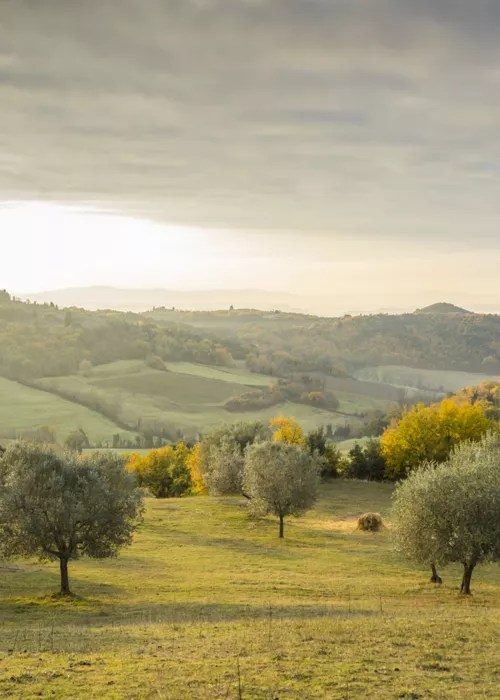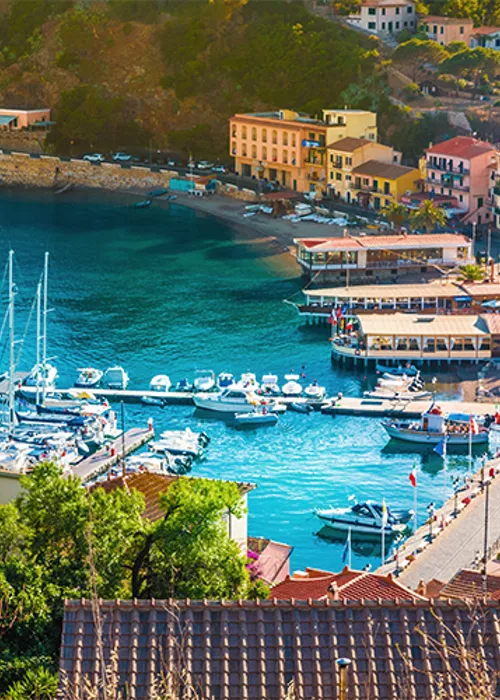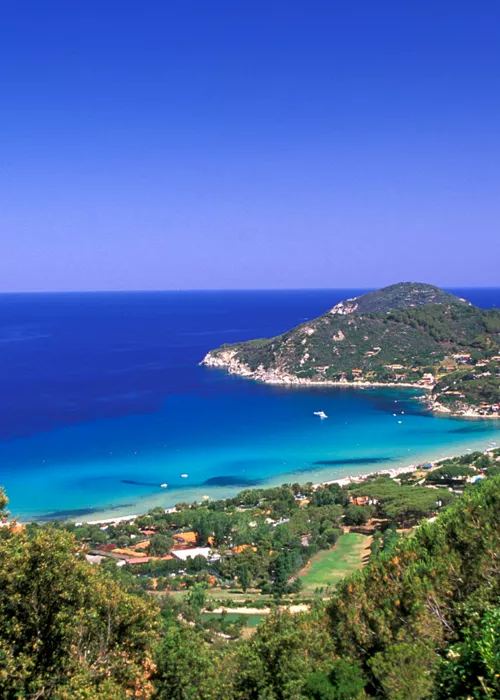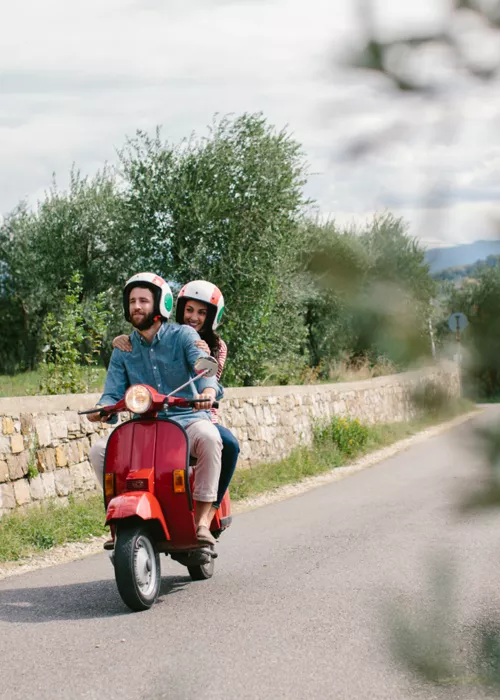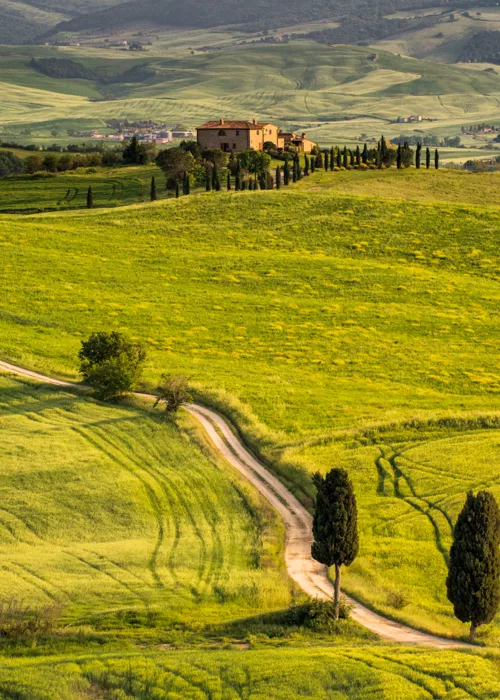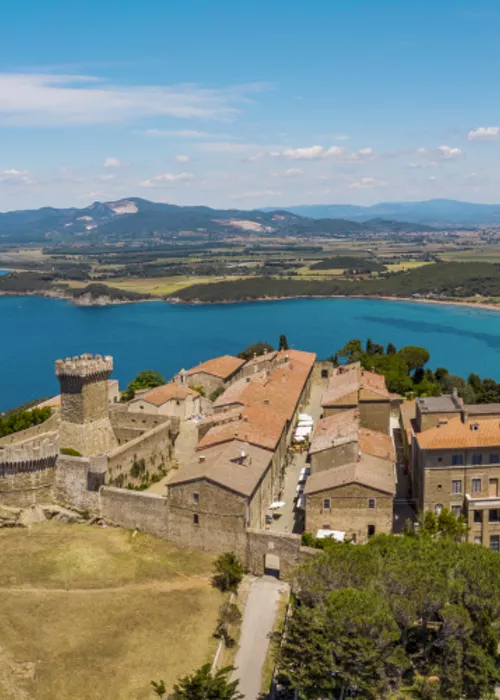San Giovanni Fuorcivitas

The first strong sign of the historic centre, for those who get off the train at Pistoia station or leave their car in one of the nearby car parks, is the dark green and white striped livery of San Giovanni Fuorcivitas: just follow Via XX Settembre and Via Francesco Crispi to come across this square building that at first glance does not reveal itself to be a church. San Giovanni does not immediately appear to be a church because it does not have a façade in the traditional sense of the term: when you leave Via Francesco Crispi on Via Cavour, you discover that the entrance opens inconspicuously on one side of the building. Let us also stop to mention the name. In Latin, Fuorcivitas means "outside the city" and indeed, at the time of the original construction in the 12th century, this place was not a part of the city centre.
From the station, before heading towards the heart of Pistoia, you can get a glimpse of today's city by following Via Sandro Pertini to the left: as you walk, you will come across the San Giorgio Library, a good example of how a disused industrial building can be intelligently renovated. At one time, this was where the San Giorgio, later Breda Ferroviaria-Pistoiese, workshops were located, where train and bus cars were made. Today this space, besides being one of the largest public libraries in Tuscany, is beautiful to behold thanks to its architectural bays, reminiscent of the old workshops, and the contemporary works of art housed there.
San Leone, the former church

Via Cavour is pleasantly pedestrianised: some days, you can find café tables but also market stalls. Not far away, in the background of a small square, is the former church of San Leone, today an elegant exhibition venue among eighteenth-century frescoes: when visiting the city, it is a good idea to find out which exhibition is on.
In 2017, when Pistoia was the Italian Capital of Culture, an exhibition in San Leone revealed to the general public that the glazed terracotta technique perfected by Luca della Robbia was not only expressed in relief or colour: his moving "Visitazione" ("Visitation") is a statue in the round, a masterpiece of tenderness as well as sacredness. Now the statuary group is again located in the church of San Giovanni Fuorcivitas. San Leone is located very close to the Piazza del Duomo. The advice is not to go there straight away, but to turn left into Via San Matteo, cross Via Roma and arrive in no time at the Piazza della Sala collection: the Leoncino placed in the 16th century above the late-medieval Pozzo reminds us that Pistoia was then part of the Florentine Medici State.
Piazza del Duomo (Cathedral Square)

The heart of Pistoia can be found in this square and in front of the Cathedral of San Zeno with its bell tower, in front of the Baptistery of San Giovanni in Corte with theAncient Palace of the Bishops on the corner. The impressions are diverse: between the Renaissance tone of the church façade, the Gothic of the Baptistery and the restored medievalism of the former bishop's seat, it is difficult to decide which one is more attractive and fascinating.
The synthesis achieved in the square is at once architectural, historical and environmental, even though it is actually a combination of two neighbouring squares: the smaller ecclesiastical and the larger, to the left of the church, secular.
The larger space is characterised by the City Hall with its Civic Museum of Ancient Art, and other civil service venues such as the Court and the tourist office.
The Cathedral of San Zeno

The Cathedral or Duomo of Pistoia , built in the 11th century, is truly a large-scale mixture of the best available in the city: white and dark green on the outside, as in San Giovanni Fuorcivitas, and glazed terracotta in the vault and in the lunettes of the doorway, as in the Ospedale del Ceppo.
There's also so much more. There is the elegance of Pisan-style Romanesque architecture and the height of the Bell Tower, completed with its spire much later. There is the interior, solemn in its simplicity, where the fifteenth-century Reliquary of San Jacopo, of the refined Florentine school, and the Altar, also dedicated to San Jacopo, which is a masterpiece of Gothic goldsmithing, shine. Churches like Pistoia Cathedral are of such complexity and richness that it is difficult to recount, explain and summarise. Perhaps the only advice that needs to be given is to stop in front of the façade and look at it from the outside, then go inside and breathe in the environment, meditating calmly and freely on individual statues, individual frescoes, a single candelabra. It is something bigger than us, and all this without mentioning the Baptistery that stands apart.
Ospedale del Ceppo

From Piazza del Duomo you can follow the street that runs along the left of the Palazzo del Comune, then take Via Filippo Pacini to the left and find yourself in Piazza Giovanni XXIII. Here, you cannot fail to notice the frieze and the glazed terracotta rounds on the façade of the historic building, the Ospedale del Ceppo.
In reality, the hospital is not only of historic interest: a medical centre is still in operation. The informal name and symbol, however, really date back centuries. Tradition has it that when the fund-raising to establish the hospital began in the late 13th century, the coins were accumulated in a stump. There is also another version, that of a chestnut tree stump blooming unexpectedly to indicate the site to be chosen for the hospital.
The charm of the place lies not only in the spectacular external frieze. It is a very long story of care and research, which has reached high peaks of quality over the centuries, and which today is witnessed not only by the new large hospital in the suburbs but also by the Museo dello Spedale del Ceppo museum, which is housed here. What's more: in the underground of the complex you can be taken on a very atmospheric tour thanks to the guides of the Pistoia Sotterranea archaeological museum.
Pistoia Sotterranea

A special modern staircase helps you penetrate under the Ospedale del Ceppo in a small adventure that the signs rightly call "a journey into the labyrinth of history". A guide accompanies you for over 600 metres to discover how a stream vital to Pistoia has been diverted several times and transformed into a wide underground tunnel around a canal. Now the tunnel is kept dry and the watercourse replaced by a walkway.
You can proceed under the arches comfortably, but in the middle of the walkway because on the sides of certain sections, even a child would bang their head. It was a vibrant environment, as evidenced by the remains of mills, ironworks and washhouses, all activities dependent on water.
The reclamation that made access possible naturally cleared away the canal's past use as a sewer, and revealed construction layers that testify to something like eight centuries of successive interventions. The river pebbles of the ancient creek bed had appeared in the first searches to be haphazardly dislodged by extensive flooding, but they were relocated by hand one by one.
Villa Farmhouse of Celle

To reach the Villa Farmhouse of Celle you need a car: the countryside around the Gori family villa is located next to the Via Montalese, more than five kilometres from the historic centre of Pistoia. It can also be reached by bus, but it takes a good half an hour. To visit it, you need to book in advance because it's a private property and only groups are accepted. It's worth it, though. The installations by international contemporary artists scattered among fields, trees, gardens and even in some fascinating historic buildings in the green are all traces of an up-and-down walk that can last well over a couple of hours and requires you to stay, from start to finish, with the guide who knows the place and introduces each of the stops. The only possible drawback is that if it rains then, unfortunately, the visit has to be suspended. How did this quite exceptional experience come about? Already shortly after the middle of the 20th century Giuliano and Pina Gori had started collecting contemporary art at a high level in their Prato. In 1970, the historical part of the collection was moved here, and a programme of environmental art was initiated here that has involved and still involves leading names often in site-specific interventions, i.e., created and realised on and for the site. Among the artists who have shared the project since the 1980s have been Fausto Melotti, Dennis Oppenheim, Richard Serra, Mauro Staccioli, Nicola De Maria, Luciano Fabro, Mimmo Paladino, Giuseppe Penone and Michelangelo Pistoletto. Those who appreciate contemporary art, in short, will be happy as a clam.



